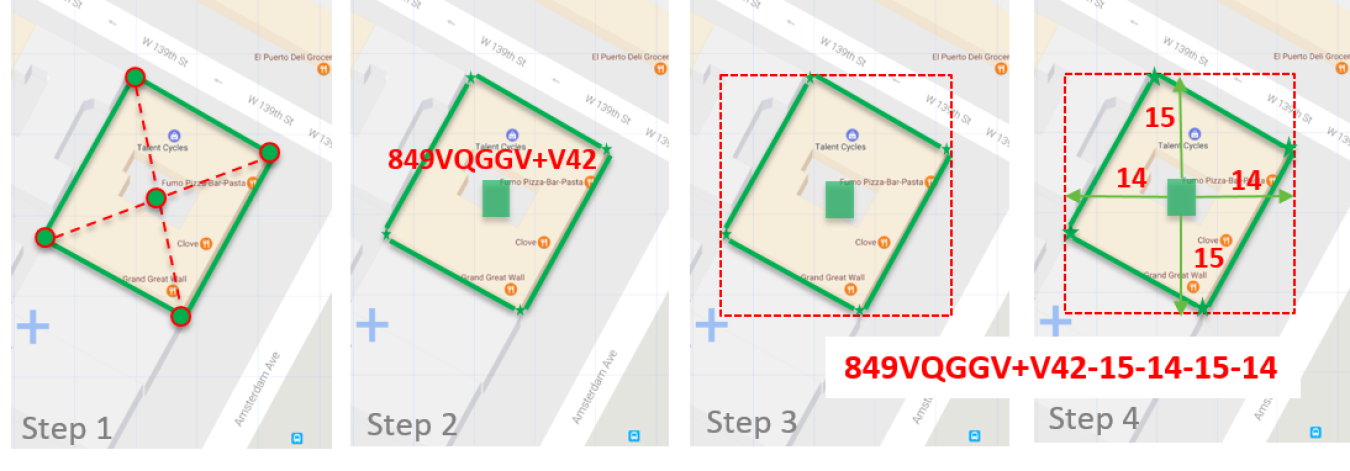
Project Website: https://www.pnnl.gov/unique-building-identification
Performer: Pacific Northwest National Lab, Richland, WA
Performance Period: October 1, 2016 –
Budget: $110,000 in FY23
Related Projects: SEED
Project Overview
As building data — energy and otherwise — becomes increasingly available, unambiguously identifying building records in large databases becomes increasingly important. At first blush, this task sounds easy ... isn't a street address a robust way to uniquely identify a building? Have we not been successfully using street addresses for centuries?
Street addresses are sufficient for use cases like delivering mail, but they have some notable shortcomings. For one thing, they are brittle, prone to a wide range of format and spelling variations that make precise matching difficult. More significantly, they have no geospatial basis. The only way to obtain the address of a building is literally to look it up somewhere and such lookups are subject to both the aforementioned variations as well as to natural ambiguities for buildings that have multiple addresses (e.g., row homes) or no individual street addresses at all (e.g., buildings that are part of a campus). These issues make addresses less-than-ideal building identifiers in large databases.
Unique Building Identifier (UBID) is designed to overcome these shortcomings. UBID has a simple uniform format and is easily constructible from geospatial information that is available from common web-based mapping services. UBID builds on the open-source grid reference system and is essentially the north axis-aligned "bounding box" of the building's footprint represented as a centroid along with four cardinal extents. Unlike addresses, it is easy to tell with high confidence whether two independently constructed UBIDs actually reference the same building. UBID scales naturally both down (to parts of buildings) and up (to groups of buildings like campuses) and UBIDs obey "containment" — it is easy to tell whether a given building belongs to a given campus based on their UBIDs.
The UBID automated generation demonstration site includes datasets for New York City, San Francisco, Chicago, and Washington, D.C.
Project Impact
Through the Better Buildings Building Energy Data Accelerator (BEDA), BTO is working with stakeholders including state and local governments, commercial and residential building data aggregators, property owners, and product and service providers to develop the UBID system and to pilot it in real-world settings. BTO and its partners are demonstrating the benefits of UBID in managing and cross-referencing large building datasets and in reducing the costs and enhancing the value proposition of leveraging building energy data.
Contacts
DOE Contacts: Sydney Applegate, Sam Petty
Principal Investigator: Mark Borkum, PNNL
To get involved: buildingid@pnnl.gov
Publications and Presentations
- Unique Building Identifier: A Natural Key for Building Data Matching and Its Energy Applications. Energy and Buildings, Vol 184, Feb. 1, 2019
- Unique Building Identification Kickoff Webinar. DOE Presentation, Dec. 8, 2017
